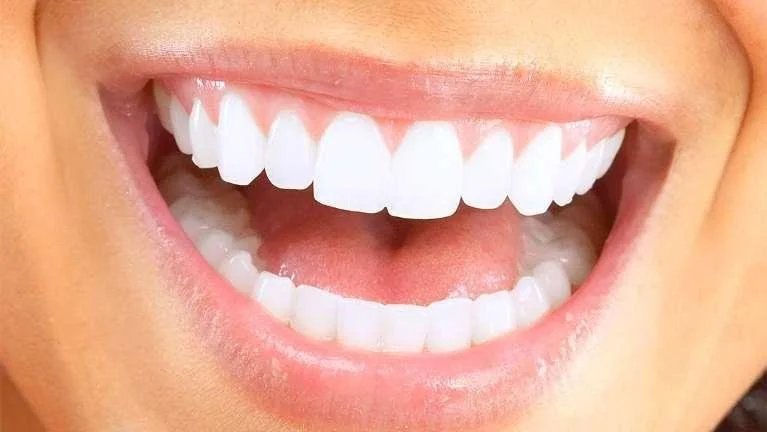Dental veneers are ultrathin, custom-made shells designed to cover the front surface of teeth. Crafted from porcelain materials, they are bonded to the teeth. This process is intended to alter their color, shape, size, or length. The application of veneers is a procedure performed by a dentist to address specific cosmetic objectives. Here is how they function to provide clarity on their potential role in cosmetic dentistry:
Closing Gaps
Dentists use veneers to close gaps between teeth. They are custom-made shells that are wider than the natural teeth they cover, allowing them to extend over the gap. Usually, veneers are placed on the front surfaces of the teeth on either side of the gap. When the veneers are applied, they meet in the middle, effectively hiding the space. The result aims for a uniform row of teeth with no noticeable gaps. This method provides a cosmetic solution for closing gaps without needing orthodontic treatment in certain cases.
Covering Chipped Teeth
Teeth can chip or crack due to injury or wear over time. Dentists use veneers to conceal this type of damage. A veneer is a thin layer that a dentist places over the front of the affected tooth. The veneer acts as a new surface, hiding the chip underneath.
A dentist can shape and color the veneer to match the surrounding teeth, creating a consistent appearance. The veneer bonds directly to the tooth’s enamel, providing a durable cover for the damaged area. This procedure addresses visible flaws and aims to restore the tooth’s original shape and appearance. The underlying tooth structure remains intact beneath the veneer.
Providing a Uniform Smile
Achieving a uniform smile is a typical reason people choose veneers. Teeth can vary in color, shape, and alignment. Some teeth may be discolored due to stains that do not respond to whitening, while others might be slightly crooked.
Veneers are custom-made to create a balanced and harmonious appearance. Dentists design veneers to match in color and shape, and when applied to multiple teeth, they help produce a straight, evenly colored smile. This can also conceal minor misalignments and discoloration, resulting in a more symmetrical and cohesive look.
Replacing Small Teeth
Sometimes, teeth are naturally smaller than average. This can affect the overall balance and proportion of a smile. Dentists use veneers to fix the size of these small teeth. They create a veneer larger than the natural tooth. Then, they bond this custom shell to the front of the small tooth, increasing its visible size. The dentist designs the veneer to match the proportions of the adjacent teeth, creating a more balanced and complete smile. This procedure allows for resizing teeth without surgery, providing a cosmetic improvement to the smile’s appearance.
Get Veneers From a Dentist
The process of getting veneers begins with a consultation with a qualified dentist. The dentist will examine your teeth to determine if veneers are a suitable option for you and explain the steps involved in the process. Making an informed decision starts with gathering accurate information from a professional. If you are exploring ways to change the appearance of your smile, consulting with a dental expert is a practical next step. Schedule a consultation with our office to discuss your options and receive personalized guidance.










